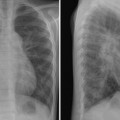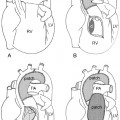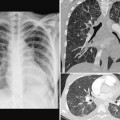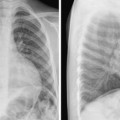26 Hearts with Single-Ventricle Physiology Fig. 26.1 Types of univentricular atrioventricular connections. LA, left atrium; LV, left ventricle; RA, right atrium; RV, right ventricle.
Definition and Classification
 So-called single-ventricle physiology refers to a situation in which both pulmonary and systemic circulations are maintained entirely or mainly by the work of one ventricle. Despite morphologic variations, fundamental hemodynamic physiology is similar and requires univentricular repair.
So-called single-ventricle physiology refers to a situation in which both pulmonary and systemic circulations are maintained entirely or mainly by the work of one ventricle. Despite morphologic variations, fundamental hemodynamic physiology is similar and requires univentricular repair.
 Pathologic conditions that cause single-ventricle physiology (Fig. 26.1):
Pathologic conditions that cause single-ventricle physiology (Fig. 26.1):
 In most cases there are two ventricular chambers present, with one well formed and a second rudimentary, although on occasion there are two equally dominant ventricles.
In most cases there are two ventricular chambers present, with one well formed and a second rudimentary, although on occasion there are two equally dominant ventricles.
 Atrioventricular valves guarding the inlet can be two separate valves, one patent valve with one atretic valve or a common valve.
Atrioventricular valves guarding the inlet can be two separate valves, one patent valve with one atretic valve or a common valve.
 Tricuspid atresia: often associated with left juxtaposition of the atrial appendages
Tricuspid atresia: often associated with left juxtaposition of the atrial appendages
 Great artery origins vary and may be concordant, discordant, or double outlet from the main or rudimentary chamber
Great artery origins vary and may be concordant, discordant, or double outlet from the main or rudimentary chamber
 Great artery connections may be patent or obstructed
Great artery connections may be patent or obstructed
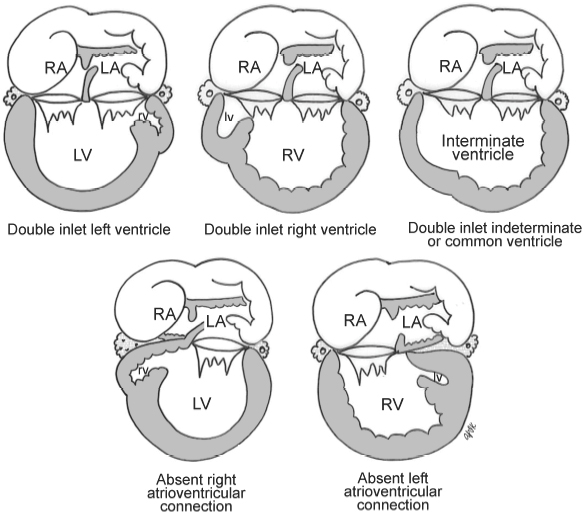
Pathophysiology
Stay updated, free articles. Join our Telegram channel

Full access? Get Clinical Tree


